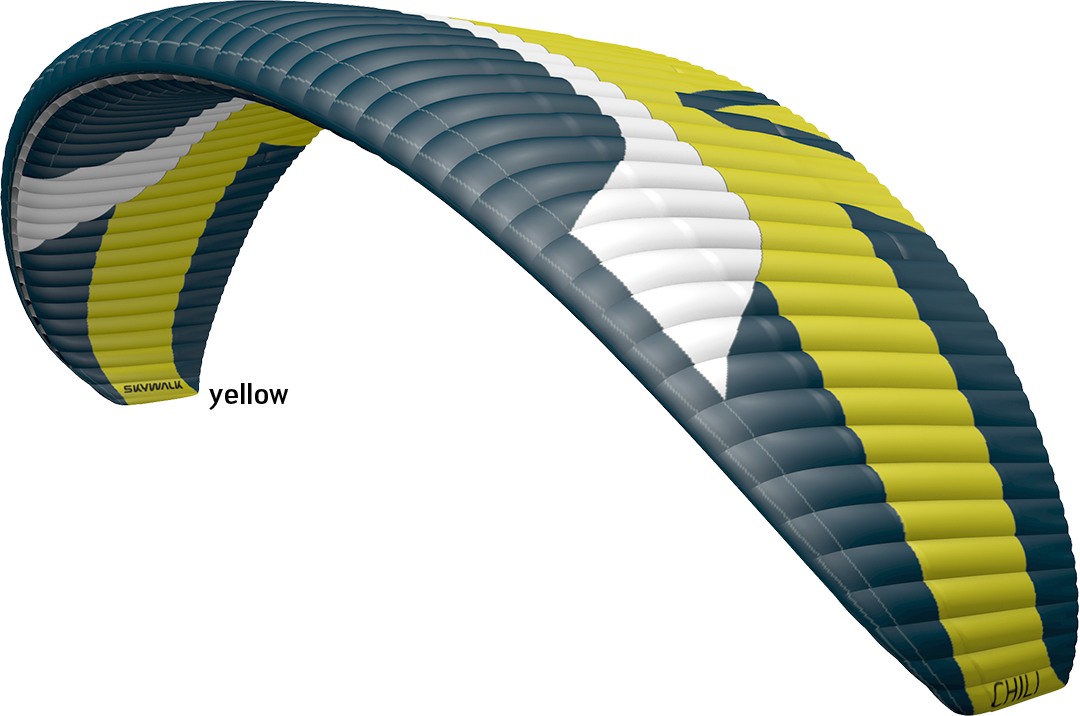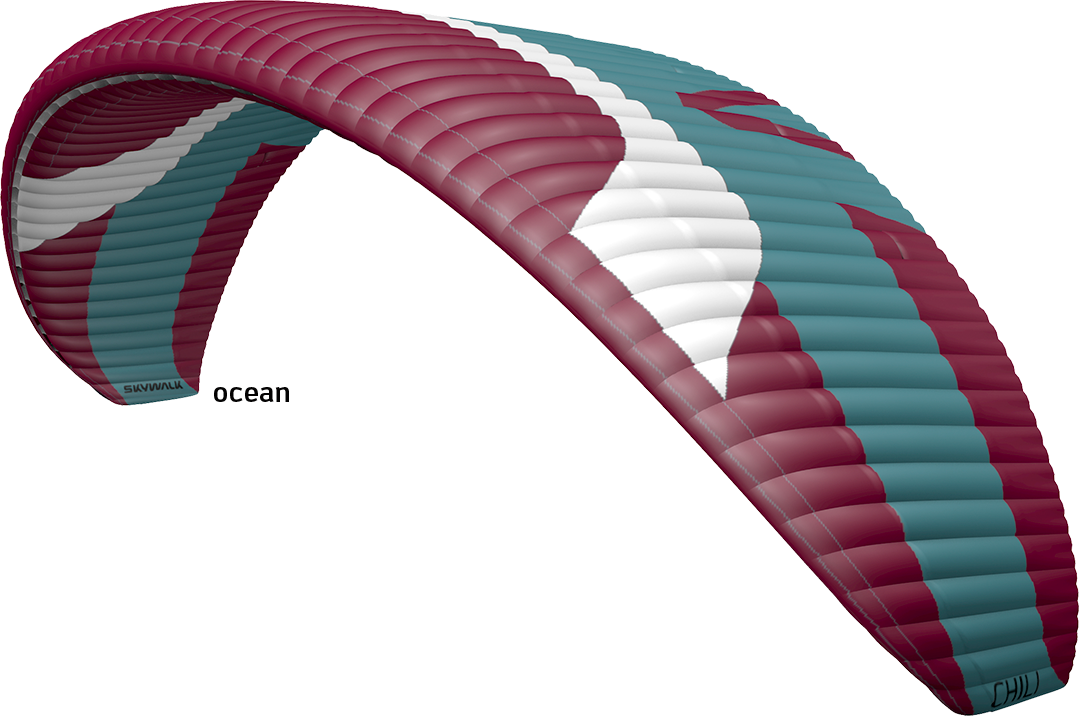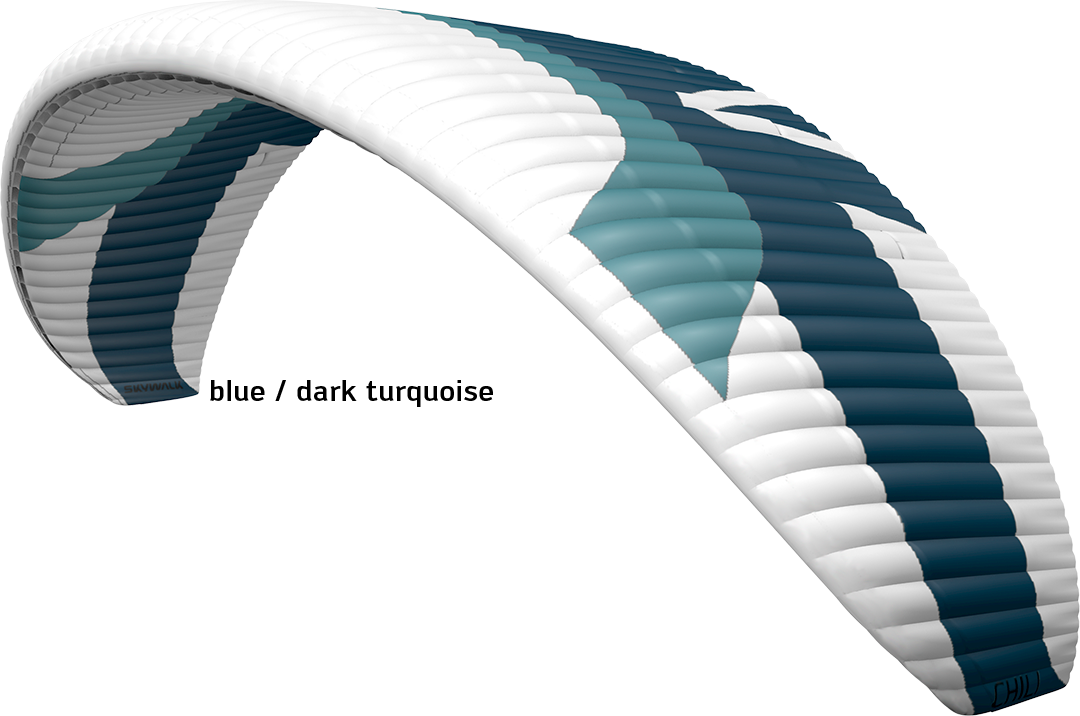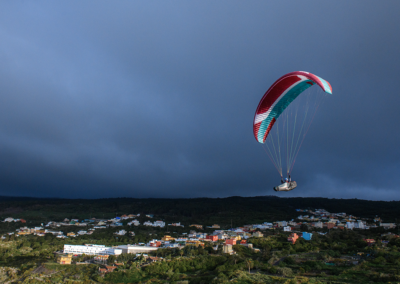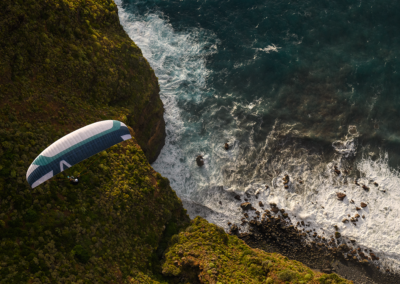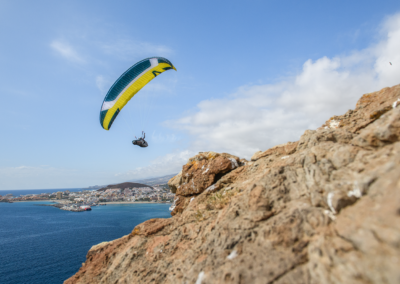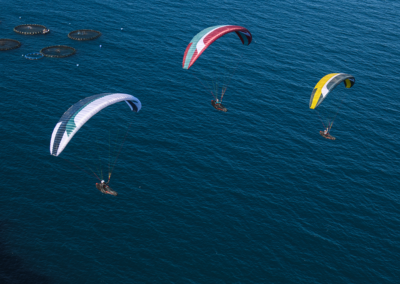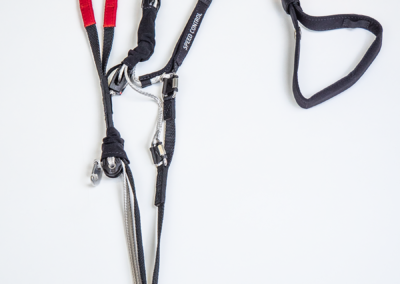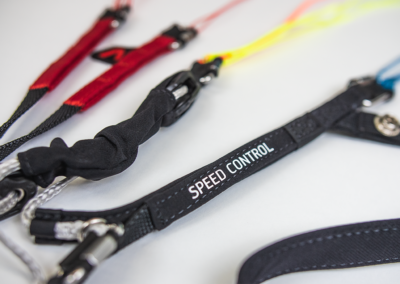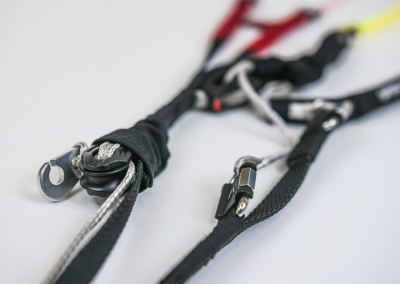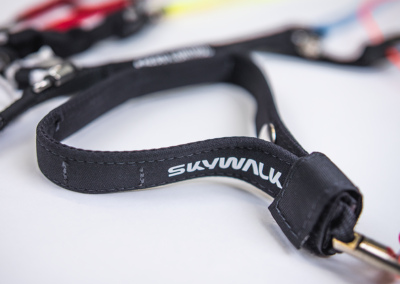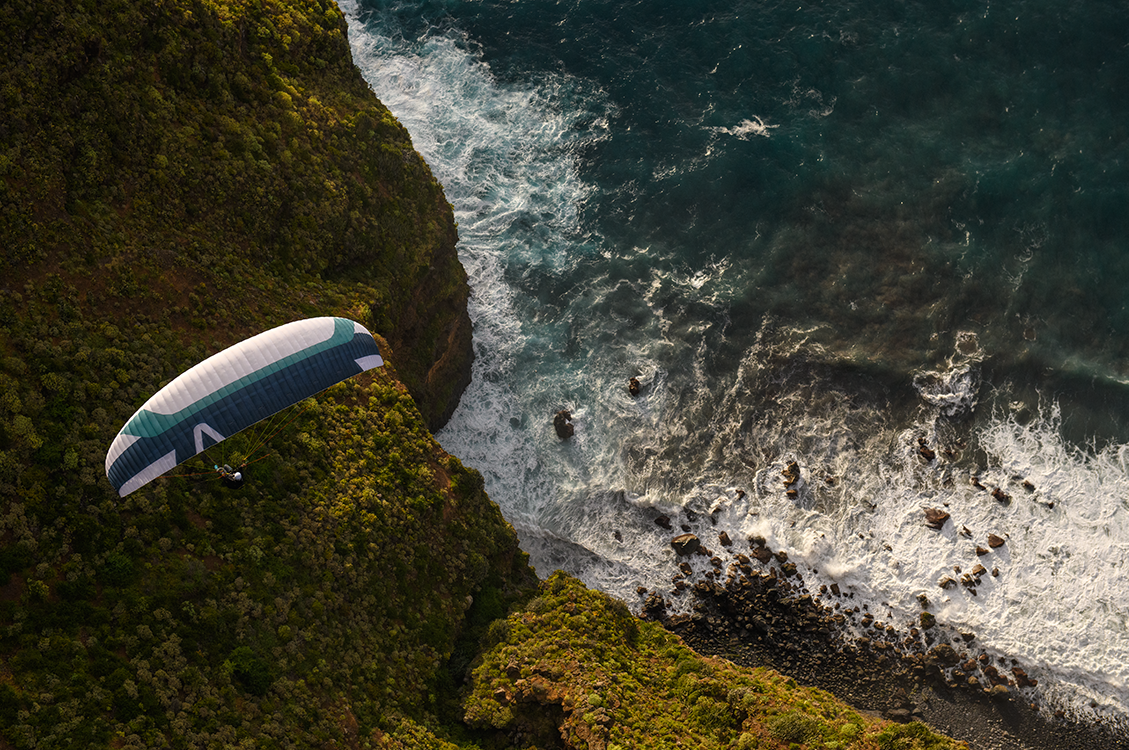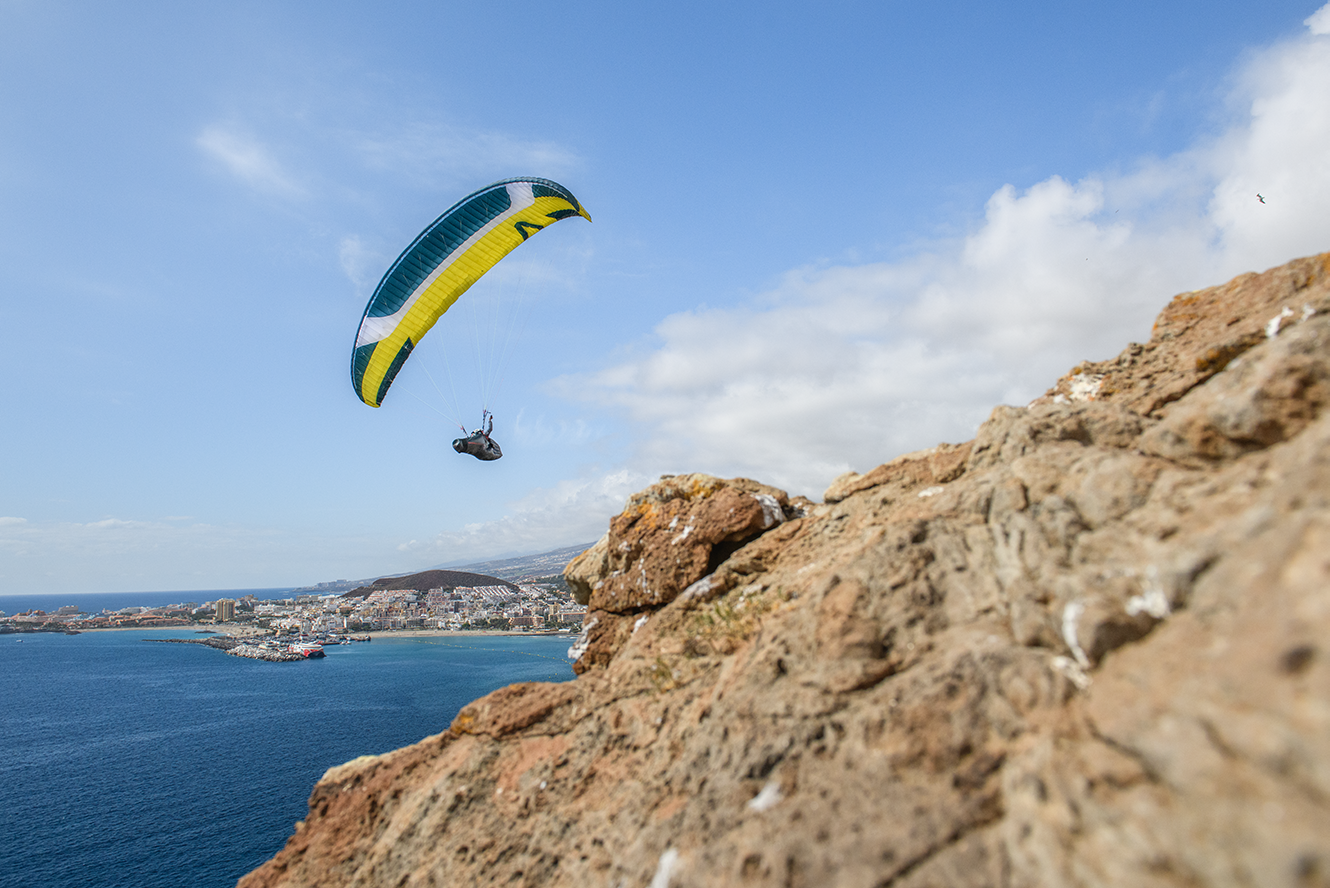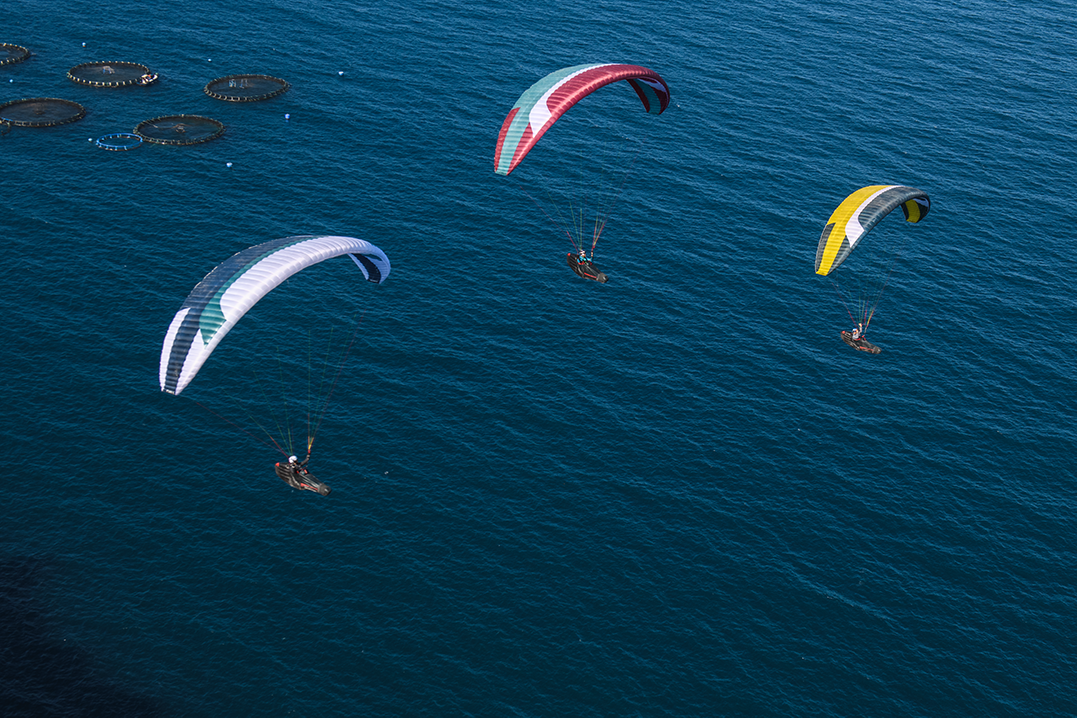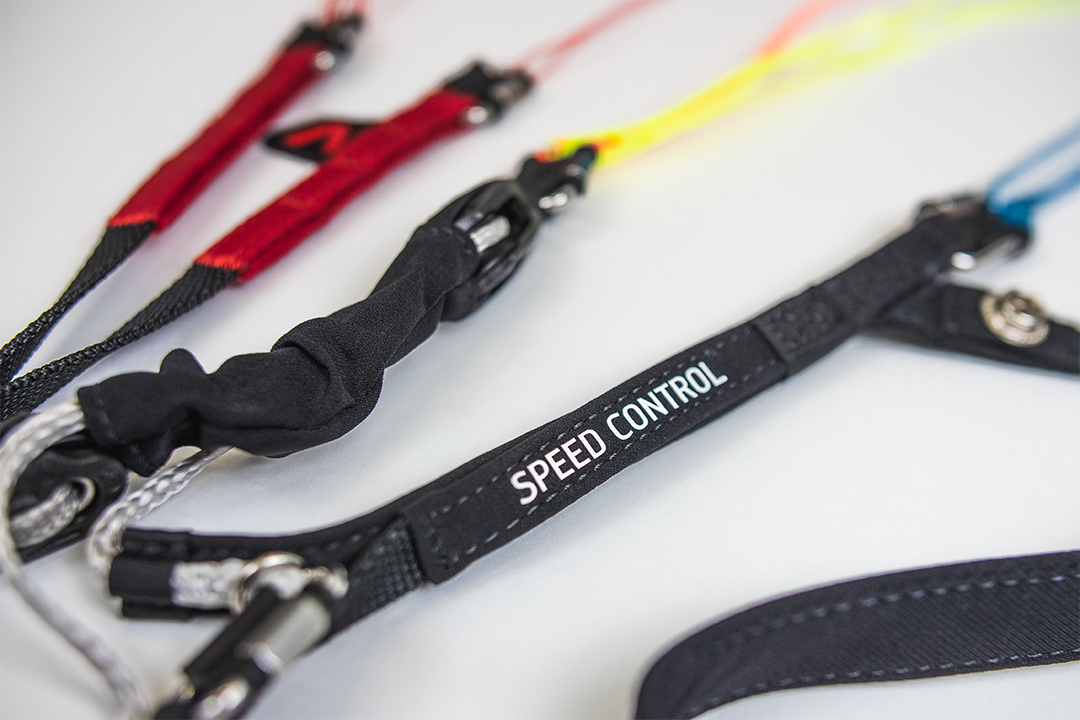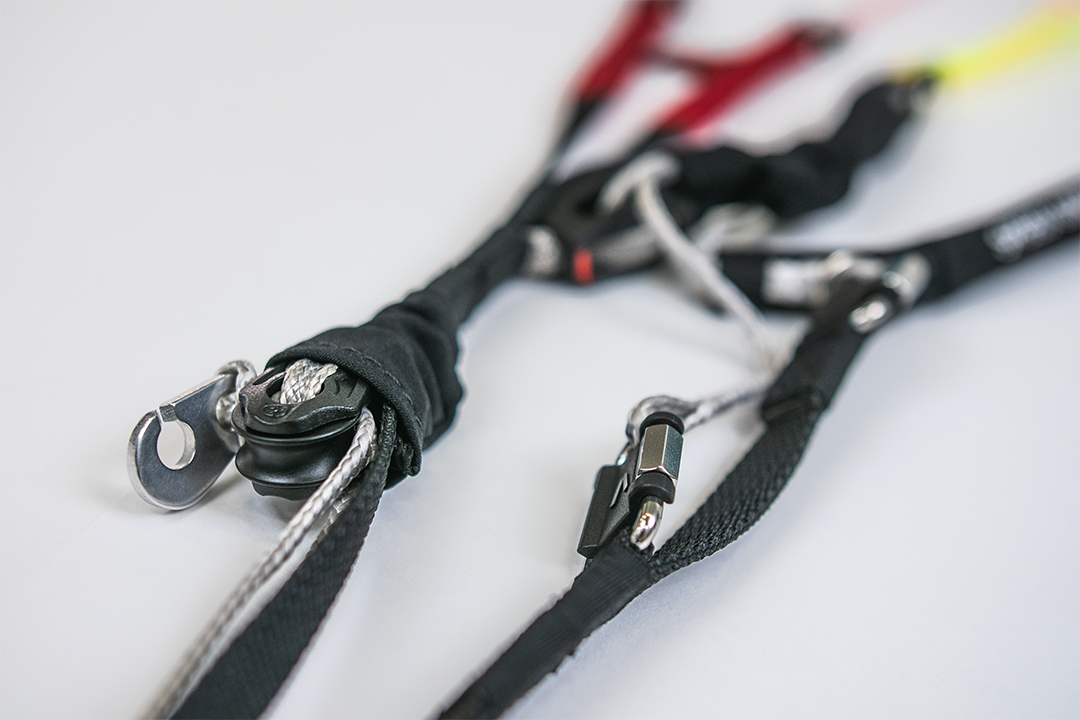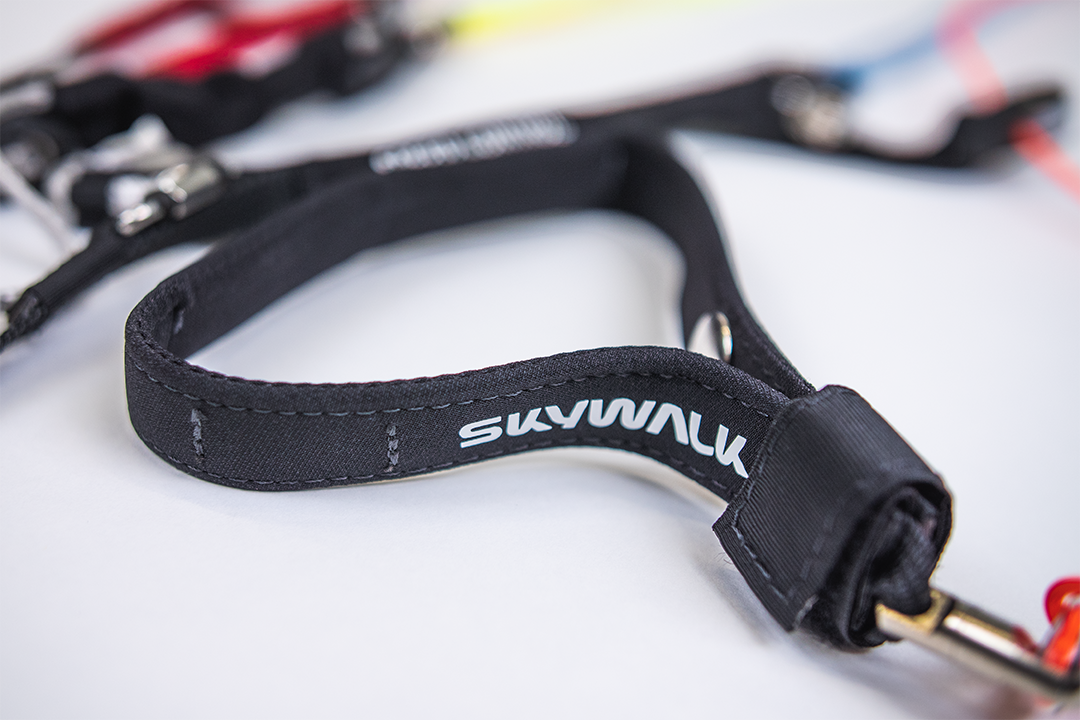Complete package in a class of its own.
Our CHILIs have always offered the perfect complete package: they are the high-tech, performance reference in their class, while remaining easy to fly with a very manageable extreme flight behavior. With the CHILI5 we have succeeded in continuing this tradition. The glider flies intuitively as pilot and glider quickly become a single unit. This is especially noticeable when coring thermals. The core becomes easy to find and the glider climbs quickly.
Additional performance can be called up easily and efficiently in all flying conditions. As the first of our EN-B intermediates, the CHILI5 is equipped with the sykwalk SPEED CONTROL that helps XC pilots perfect their flying skills to achieve even higher average XC speeds.
With many innovations and small optimizations, we have once again managed to improve the CHILI in all areas to achieve maximum flying comfort and efficiency. The result is the best CHILI ever.
For the passion of flying!
Relaxed XC flying with a comfortable feeling – balance has a new name.
Flight chracteristics
Ground handling is easy thanks to the user-friendly line setup. Internal seams on the mini-ribs increase robustness during ground handling as well as launch preparations. The handling is very intuitive, and the glider gives you precise feedback, which builds confidence and makes you feel comfortable immediately. The CHILI5 takes on thermals well, so it’s extremely easy to find the core of the thermal. The CHILI5 is a fast climber. Brake line input is directly converted. Control travel and braking forces are designed to meet the requirements of thermal and XC pilots, so that you can still make a safe landing after many hours in the air.
In turbulent air, the CHILI5 provides enough feedback to avoid glider disturbances before they happen. This increases safety and keeps you flying on course. When gliding in active air masses, the wing’s high aerodynamic efficiency can be further increased via the SPEED CONTROL. When flying on bar you can control the angle of attack via the rear risers and significantly increase your average speed.
Construction
In the usual CHILI manner, the CHILI5 shines with maximum performance, uncomplicated handling and an adequate safety cushion. Good, better, CHILI.

JET FLAPS
Our JET FLAPS extend the green arc as you approach the stall point, which substantially increases safety and also improves climb performance.

RIGID FOIL
The Rigid Foil nylon wires on the leading edge help maintain its shape and ensure constant ram air pressure. Advantages: better takeoff behavior, more performance and lower canopy weight.

3D-SHAPING
A precise calculation of the leading edge geometry and the installation of an additional strip of fabric reduce wrinkling in this sensitive part of the glider. Advantages: exact wing shape, more performance.

Automatic Sand Release System
Porous openings of the profile ribs at the trailing edge ensure that sand and dirt in the glider are automatically guided to the wingtip where they can trickle out. This helps preserve the material and “relieves” the trailing edge.

MINI RIBS
Doubling the number of cells at the trailing edge increases its shape stability substantially. Advantage: fewer vortices improve the aerodynamics and with it the performance.

C-WIRES
C-wires are nylon wires sewn into the glider over the anchor points of the C-level lines. Advantages: better load distribution, reduced drag, more performance.

SPEED CONTROL
Handle on rear riser which allows the pilot to even out turbulence, speed and pitch while flying on speed bar without having to release the speed bar.

SHARK NOSE
Together with a corresponding wing design, the shark nose technology improves pressure distribution in the canopy substantially. Advantages: much more solid flying feeling and substantial performance gain, especially when gliding on bar.
| Size | XXS | XS | S | M | L |
| Cells | 57 | 57 | 57 | 57 | 57 |
| Area flat (m²) | 22,79 | 24,53 | 26,35 | 28,23 | 30,18 |
| Area projected (m²) | 19,54 | 21,03 | 22,59 | 24,20 | 25,88 |
| Wingspan flat (m) | 11,30 | 11,72 | 12,15 | 12,57 | 13,00 |
| Wingspan projected (m) | 9,04 | 9,37 | 9,71 | 10,05 | 10,40 |
| Aspect ratio flat | 5,6 | 5,6 | 5,6 | 5,6 | 5,6 |
| Aspect ratio projected | 4,18 | 4,18 | 4,18 | 4,18 | 4,18 |
| min. profile depth (cm) | 64 | 66 | 69 | 71 | 74 |
| max. profile depth (cm) | 244 | 253 | 262 | 271 | 280 |
| Glider weight (kg) | 4,5 | 4,8 | 5,0 | 5,3 | 5,6 |
| Certified weight range (kg) | 55 - 85 | 70 - 95 | 85 - 105 | 95 - 115 | 105 - 135 |
| Homologation | LTF/EN B | LTF/EN B | LTF/EN B | LTF/EN B | LTF/EN B |
| Upper Sail | Dominico 30 DMF / TX-Light |
| Lower Sail | Dominico TX-Light |
| Ribs | Porcher Skytex 40g hard |
| Bands | Porcher Skytex 40g hard |
| Main lines | Liros PPSLS 180/125, PPSL 200 |
| Middle lines | Edelrid 8000U - 130/90/70/50 |
| Top lines | Liros DC35, Edelrid 8000U - 70/50 |
| Brake lines | Liros DFPL 200/32, Edelrid 8000U -190/70/50, Liros DC35 |
| Riser | Güth&Wolf 12mm Webbing |
What advantage does the SPEED CONTROL system offer?
With the SPEED CONTROL system you can compensate for turbulence while flying on bar, change your angle of attack, adjust your speed and make directional corrections without having to step out of the speed bar. This enables a very efficient and fast flying style. The SPEED CONTROL steers the C- and B-risers simultaneously to avoid performance decreasing deformation of the glider, which would happen if you only pulled on the C-risers.
What should I pay attention to when using the SPEED CONTROL?
- When pulling the handles of the SPEED CONTROL, make sure that the C-line shackles are pulled down no further than the A-line shackles permanently.
- At trim speed the SPEED CONTROL may only be used as an emergency control. Under no circumstances should the SPEED CONTROL replace the brake handles!
What are the glide ratio (L/D), trim and maximum speeds?
We know that these data are interesting for you as a pilot, but for us to publish them would be a bad idea for the following reasons:
1) Performance data are highly dependent on the drag of the pilot and are therefore related to sitting position and harness. The difference between aerodynamically favorable and unfavorable harnesses and sitting positions can be as much as a whole L/D number.
2) Performance increases with the size of the glider. A large glider will always outperform the same glider in a smaller size. So a question about the performance of a glider is always also a question about the size.
3) There is no normed method of testing the performance of paragliders. For example, speed varies with altitude and the associated different air pressure, but also with the total weight of the system.
That means that there simply isn’t THE speed or THE L/D that would allow a serious comparison with another glider. Performance data are dependent on the harness, the size of the glider, on the air mass and the total weight.
How do I calculate my takeoff weight?
Takeoff weight is calculated by adding the weight of the pilot including clothes to the weight of the equipment. The equipment consists of the harness, the reserve chute, the paraglider itself, and any flight instruments and other baggage you may carry (e.g. rucksack, etc.).
Is it OK for me to shorten the brake lines on my skywalk paraglider?
Changing the length of the brake lines can have a negative effect on the flying characteristics and extreme flight behaviour. The paraglider needs a little more lead when flying on speed bar, otherwise the glider could be braked unintentionally, leading to a loss of performance. When performing extreme flying maneuvers, shortening the brake lines too much can cause complications during recovery from collapses, parachutal stall, etc.
Am I allowed to make modifications to my skywalk paraglider?
No, because the glider is certified the way it is delivered to you. Even the brake line length is part of the trim and must not be changed.
Do the nylon wires in the glider need any special attention or packing method?
Our nylon wires are flexible and kink resistant, so they won’t break under normal circumstances. But due to the packing volume it is a good idea to lay the Rigid Foils in the leading on top of each other on both sides.
What are JET FLAPS and how do they work?
JET FLAPS are a so-called split flap like those seen on a large airplane. When the glider is braked, the airflow is routed through the glider, restoring smooth airflow. This extends brake line travel and softens the stall behaviour.
What advantage do the JET FLAPS on my skywalk paraglider offer?
Lower flyable minimum airspeed. The speed range is wider and easier to control. The pilot has more time to react when flying near the stall point.
Your CHILI5 package
-
- 1x Compression strap
- 1x Innerbag for glider
- 1x Riser bag
- 1x BASIC GUIDE
- 1x Bandana
- 1x Self-adhesive repair patch


